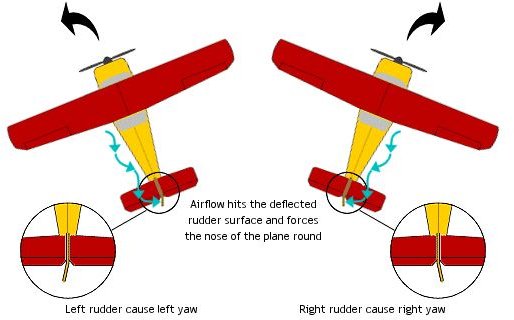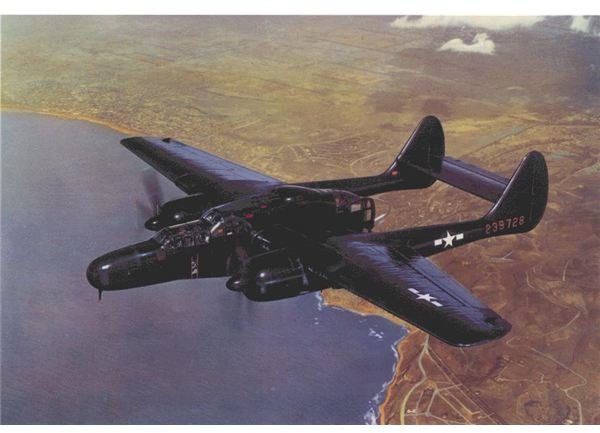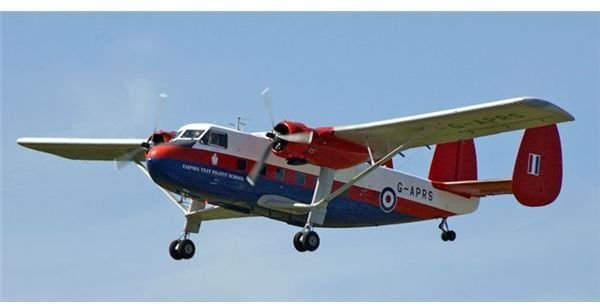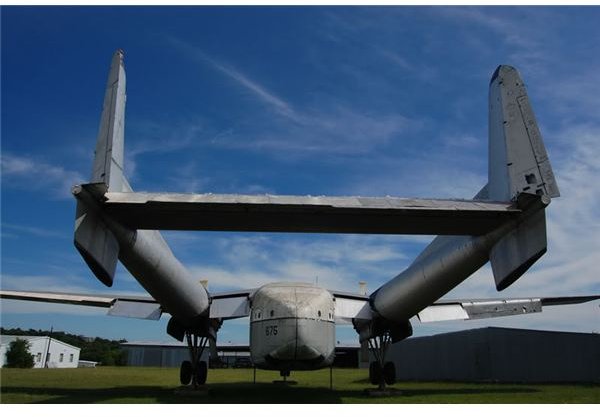Learn About the Twin Rudder Aircraft and How the Twin Tail Rudder Aircraft Works
Introduction
The movement of a conventional aircraft along a vertical axis is controlled by its rudder. The rudder is one of the three control surfaces of an aircraft and is hinged at the rear end surface of the airplane known as vertical stabilizer. The vertical stabilizer, also known as the fin of the plane, along with the rudder arrangement, helps in the left or right movement of the airplane in a particular direction.
Generally all the aircrafts have one rudder attached at their rear; however, there are few types of airplanes that have twin rudders provided for better control and stability of the plane. In the following article we will learn about this special arrangement of a twin tail rudder. However, before learning about the twin rudder arrangement we will have a brief look at how a rudder works.
Rudder Basics
The rudder arrangement at the rear of an airplane consists of mainly two things - a rudder like structure known as an elevator, which is attached to a vertical stabilizer, and ailerons, airfoils that control the lateral motion of the plane and which are attached to the smaller wings located at the rear.
The rudder is connected to the cable paddles situated in the cockpit with the help of control cables. By stepping on these pedals, the pilot controls the horizontal direction of the aircraft’s nose and points it in the desired direction. If the right rudder pedal is pushed, the nose and thus the aircraft move to the right. Similarly, when the left pedal is pushed, the aircraft moves in the left direction. However, it is important to note that the rudder only controls the movement of the plane along its vertical axis.

Twin Rudder Arrangement
Twin rudder or twin tail as mentioned earlier is a special arrangement in an aircraft, where instead of one, two rudders control the movement of the airplane along its vertical axis. Also known as H-tail arrangement, the twin rudder arrangement has two smaller rudders instead of the conventional rudder arrangement having a single rudder.
The main purpose of having two separate rudders is to provide more rudder surface area to the aircraft, increasing the stability and control. Keeping a single rudder not only increases the total size but also affects its efficiency. The twin rudder arrangement reduces the size of the rudder, provides more control surface area and increases the aircraft stability.

Application and Advantages
A twin tail arrangement is generally used in aircrafts having twin engines for their propulsion. When a rudder operates behind a propeller, which is moved by twin engines, it requires an additional authority to set the aircraft along a specific course. This higher authority requires an additional control surface area which can come in direct control with the slipstream. Thus, the higher the surface area of the rudder, the better will be the rudder control especially at lower airspeeds.
Also “taxing”, which is the movement of aircraft on land (or the runway), where the airplane uses its own power, is highly benefited by twin tails as they improve control and facilitate smooth turning of the aircraft by the pilot. Apart from this, a twin rudder also helps in solving issues related to hangar construction, and lateral firing area constraints in war planes.
In some of the fighter airplanes, where high speed is an utmost requirement, twin rudder design helps to reduce the overall weight of the aircraft. Also, if due to any unfavorable circumstances one of the two rudders fails, the aircraft can be controlled using only one rudder; however this is possible only up to a certain degree.
Many aircrafts during the world war era were made with the twin rudder arrangement. In fact, some of the aircrafts even had more than two rudders; but their usage and application were very limited. However, it is important to note that a twin rudder arrangement was only used for fighter aircraft and not for passenger or cargo planes.

Image Credits
photobucket: https://media.photobucket.com/image/twin%20rudder%20airplane/TriumphOfTheSprint/Misc/PateTwinRudder.jpg
johnweeks: https://www.johnweeks.com/p61/p61_large.jpg
rc-airplane-world: https://www.rc-airplane-world.com/image-files/airplane-rudder.gif
military-aircraft: https://www.military-aircraft.org.uk/transport-aircraft/scottish-aviation-twin-pioneer-3.htm
